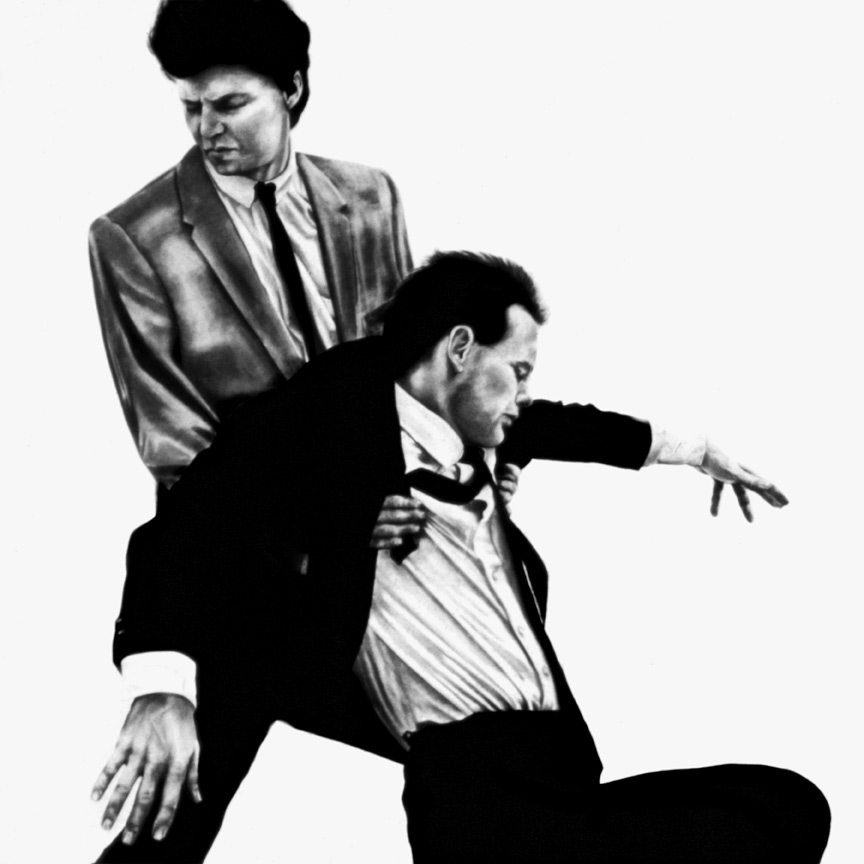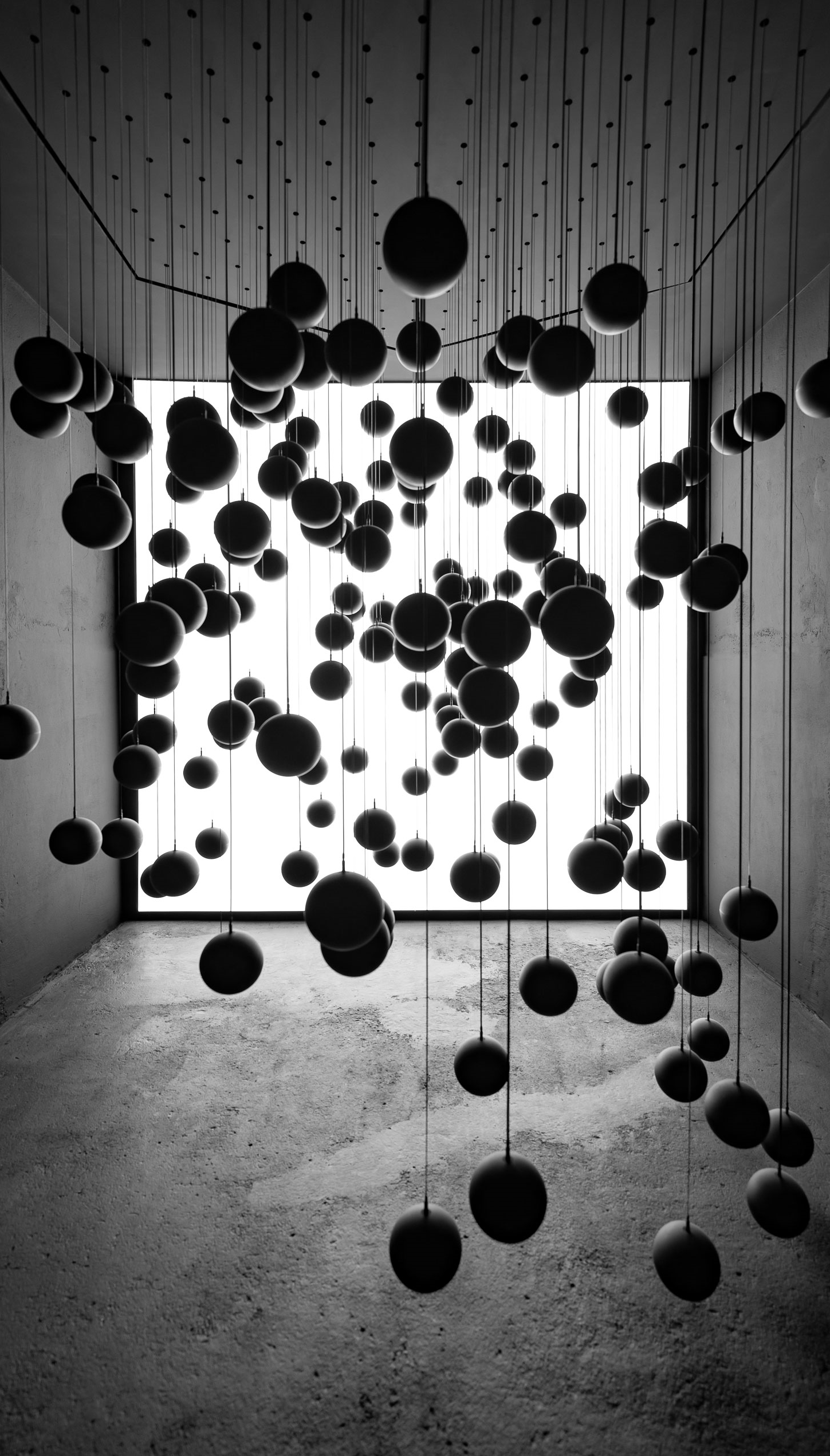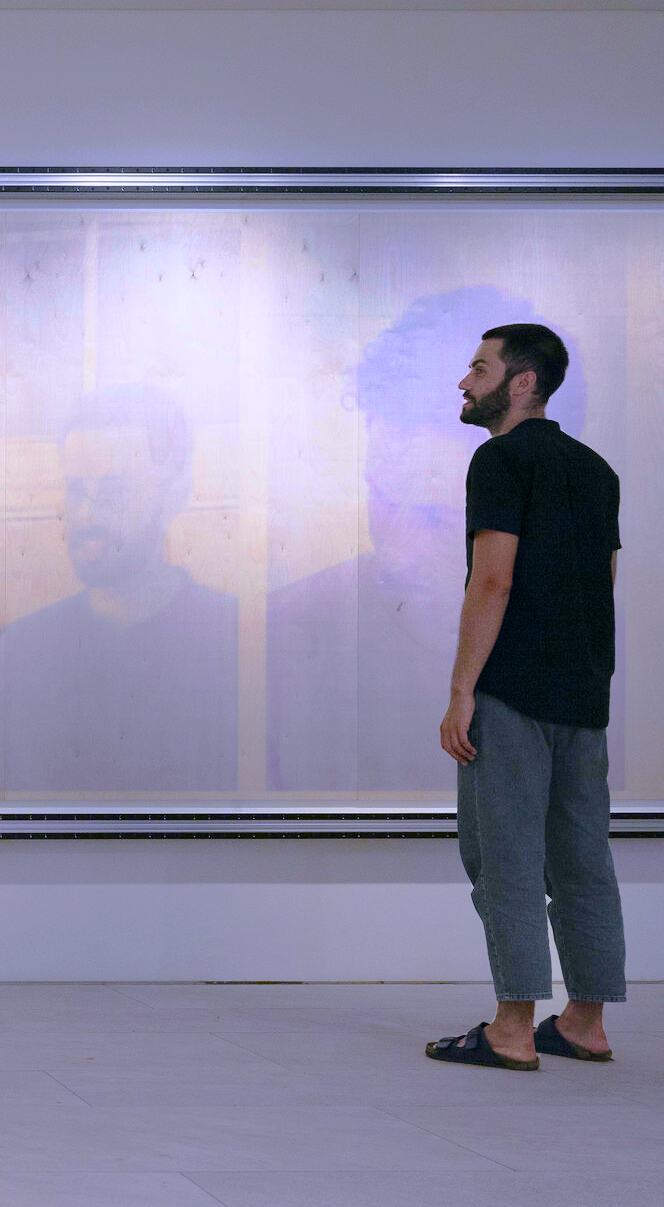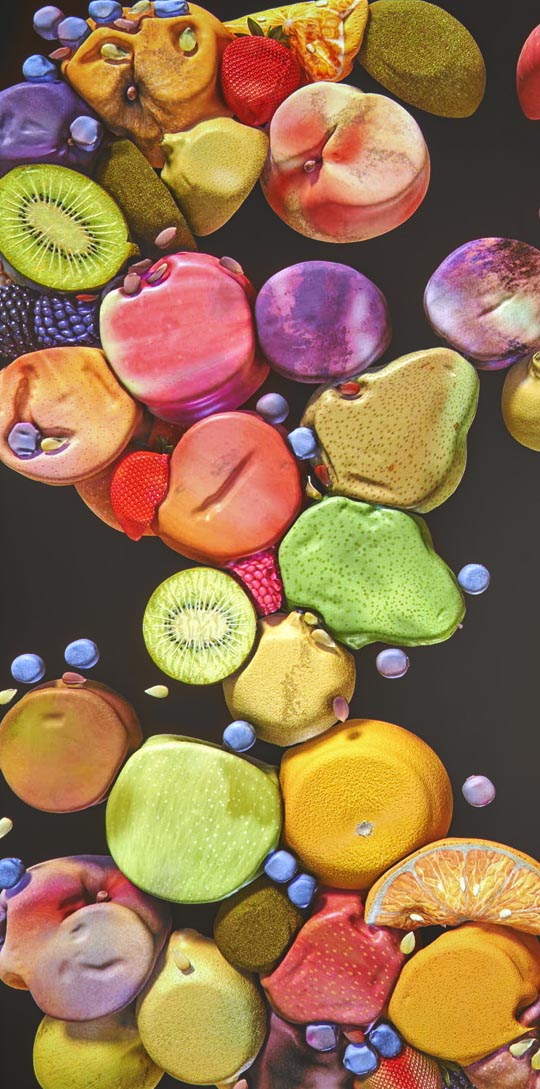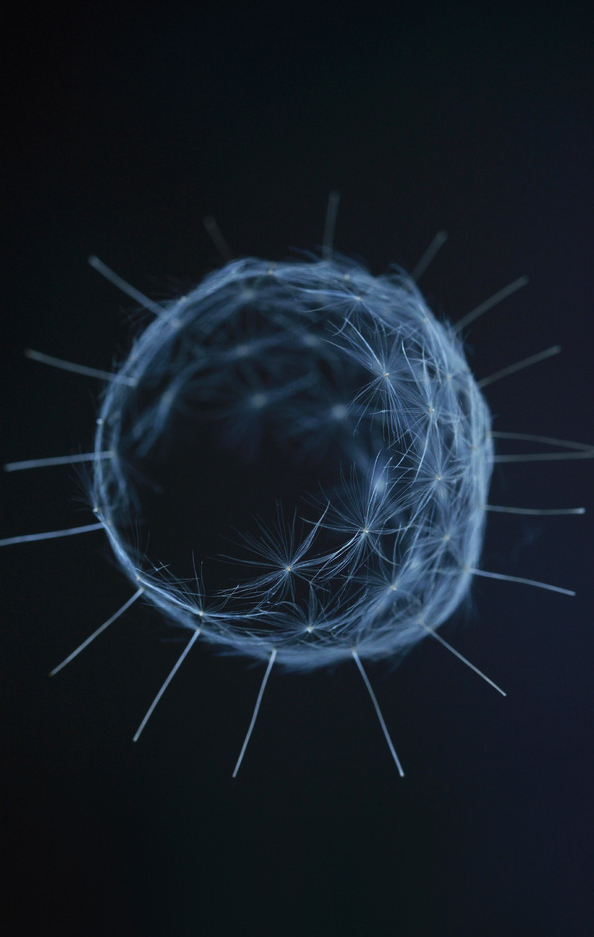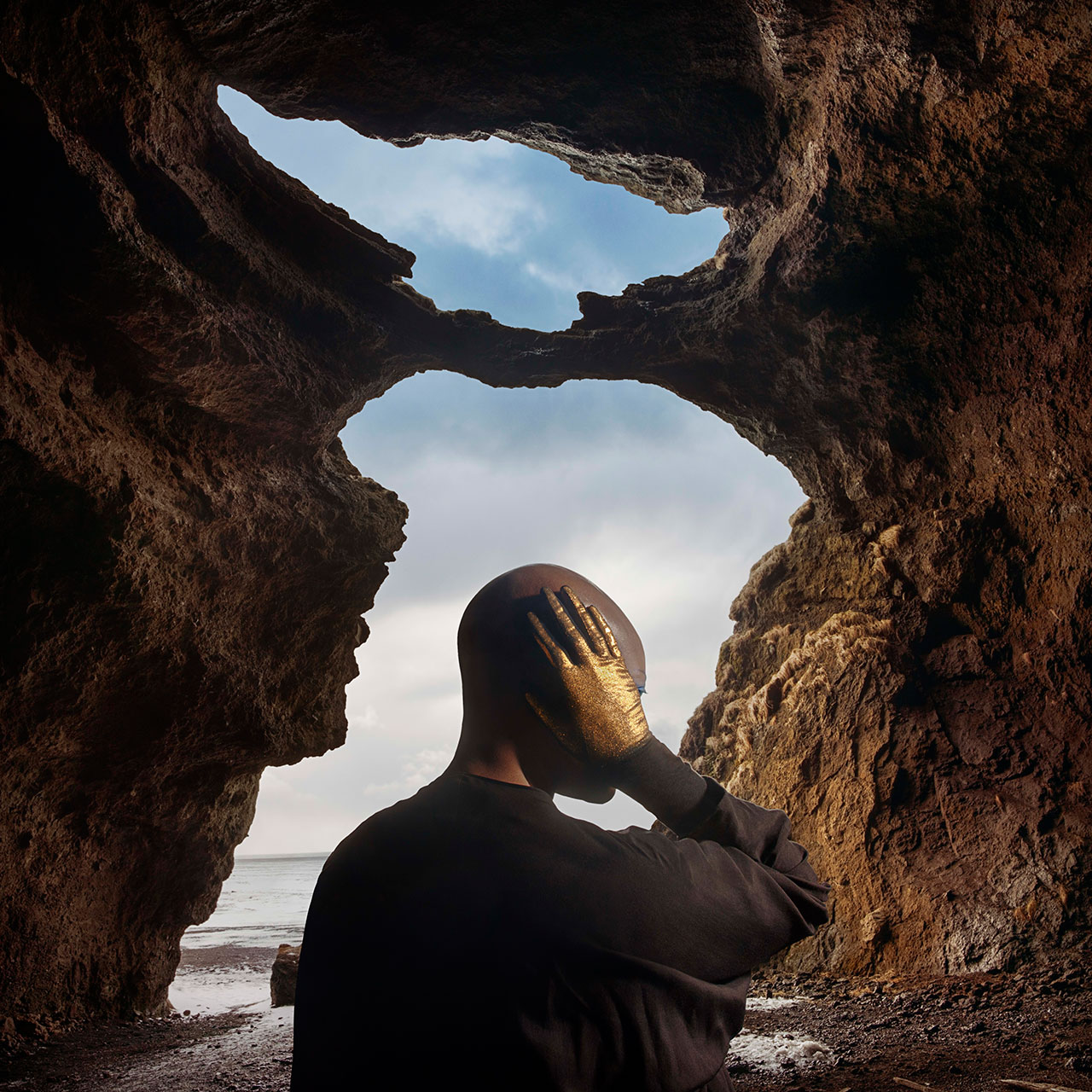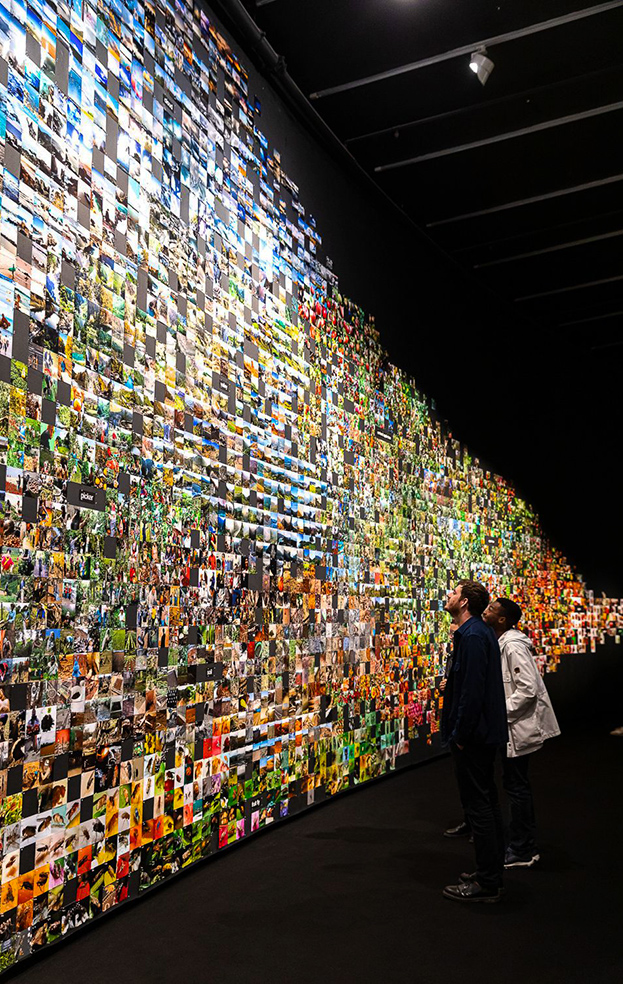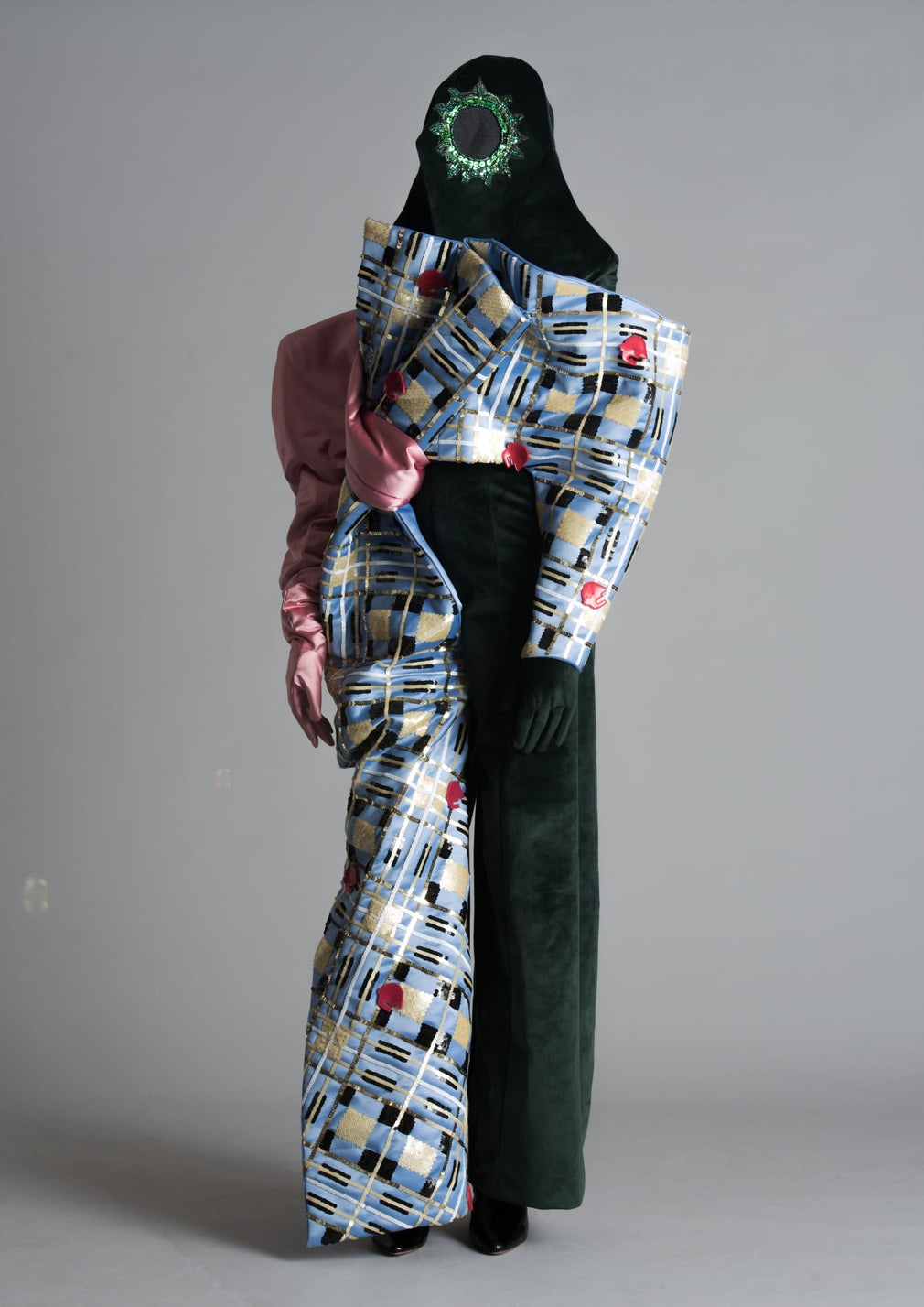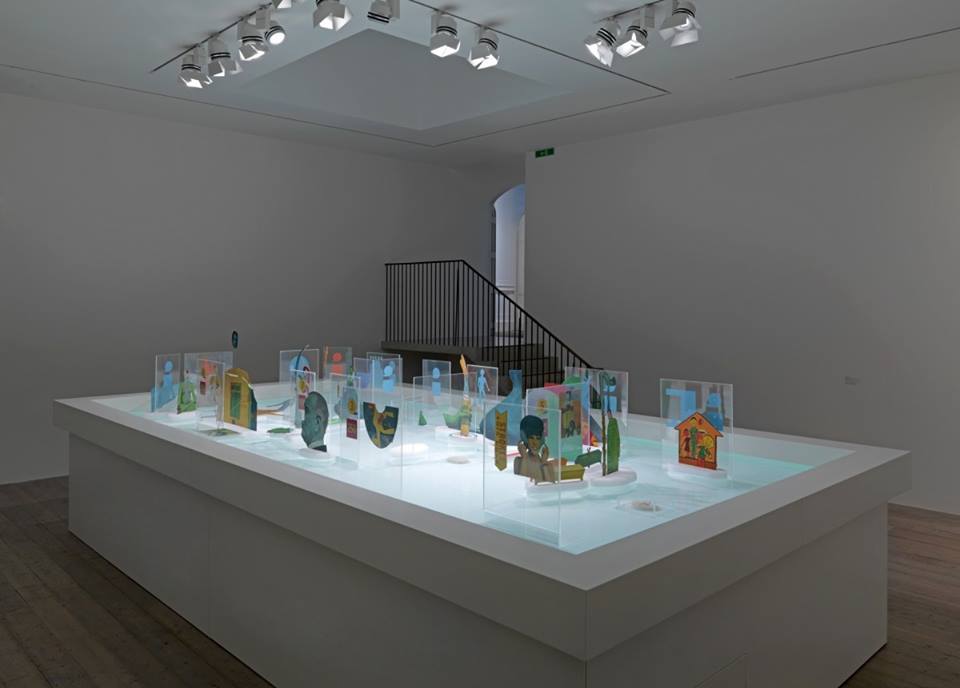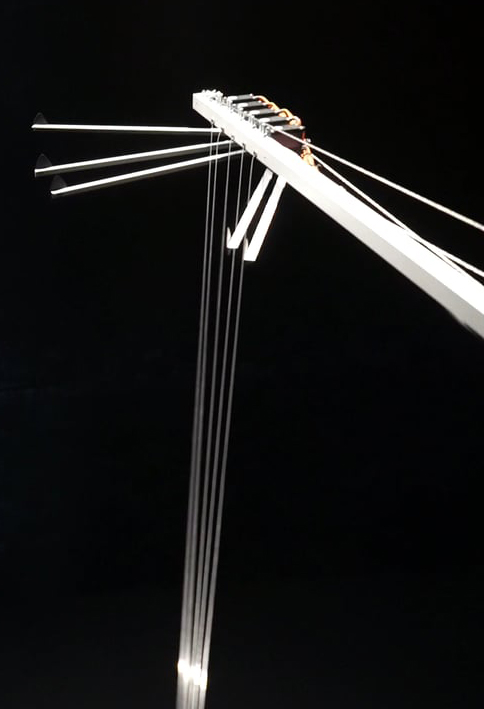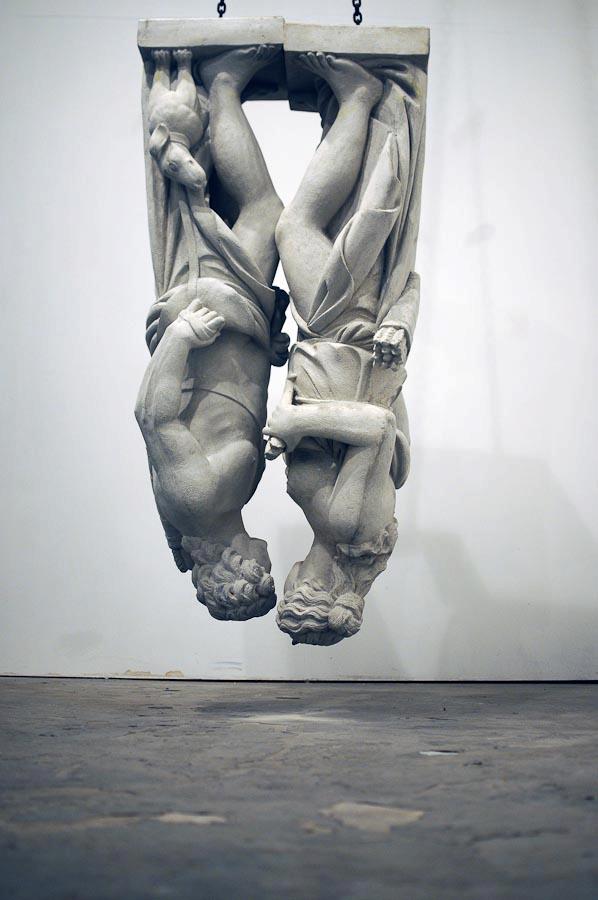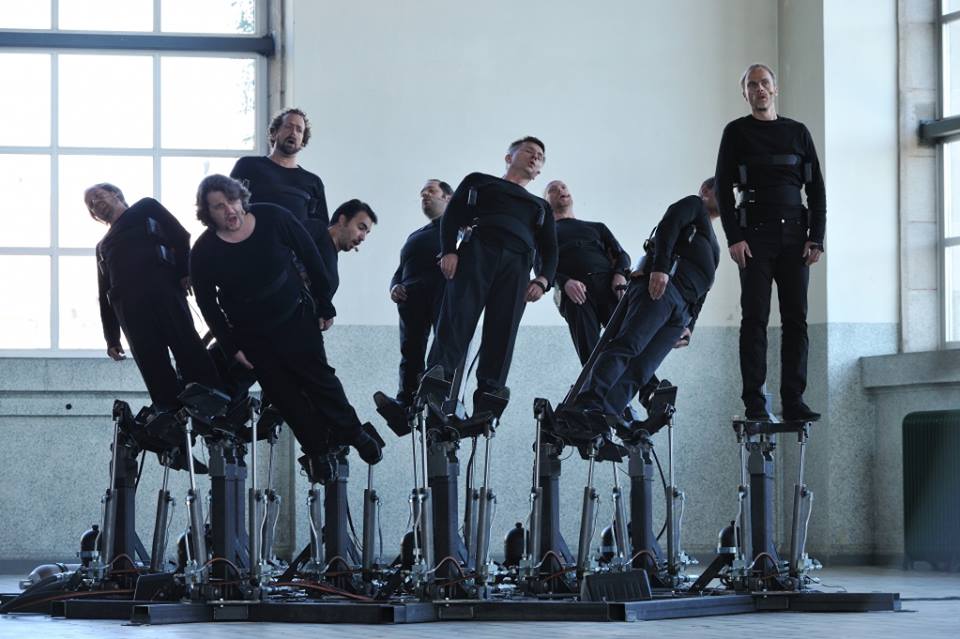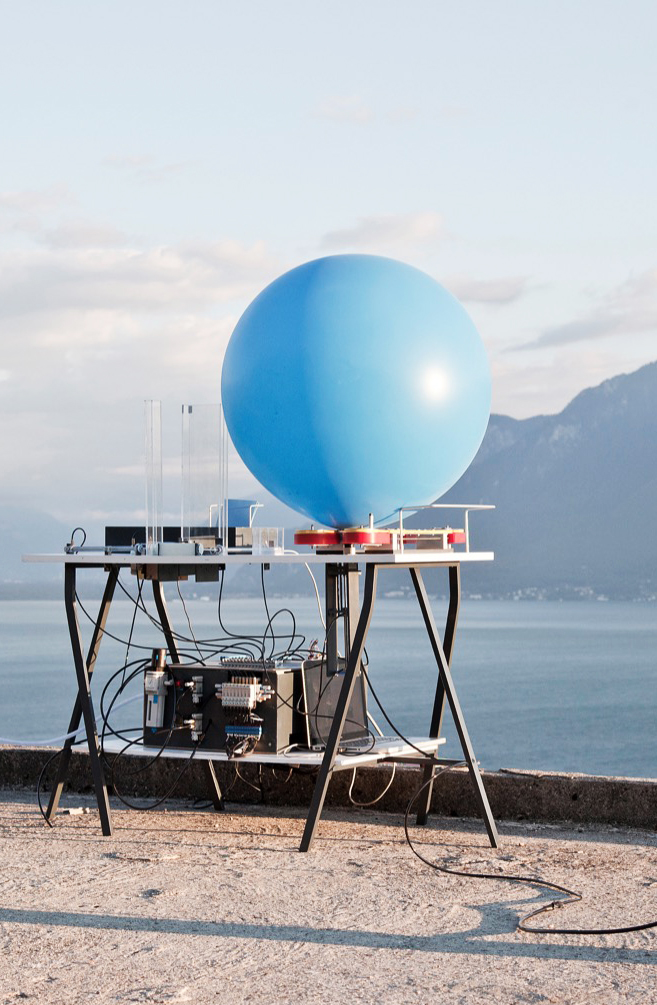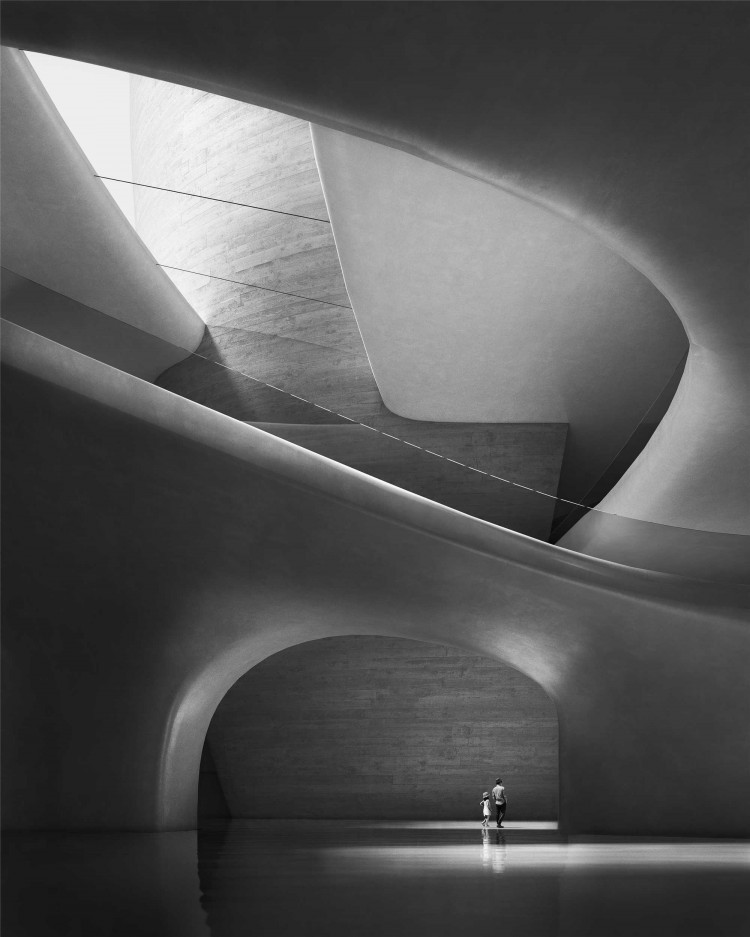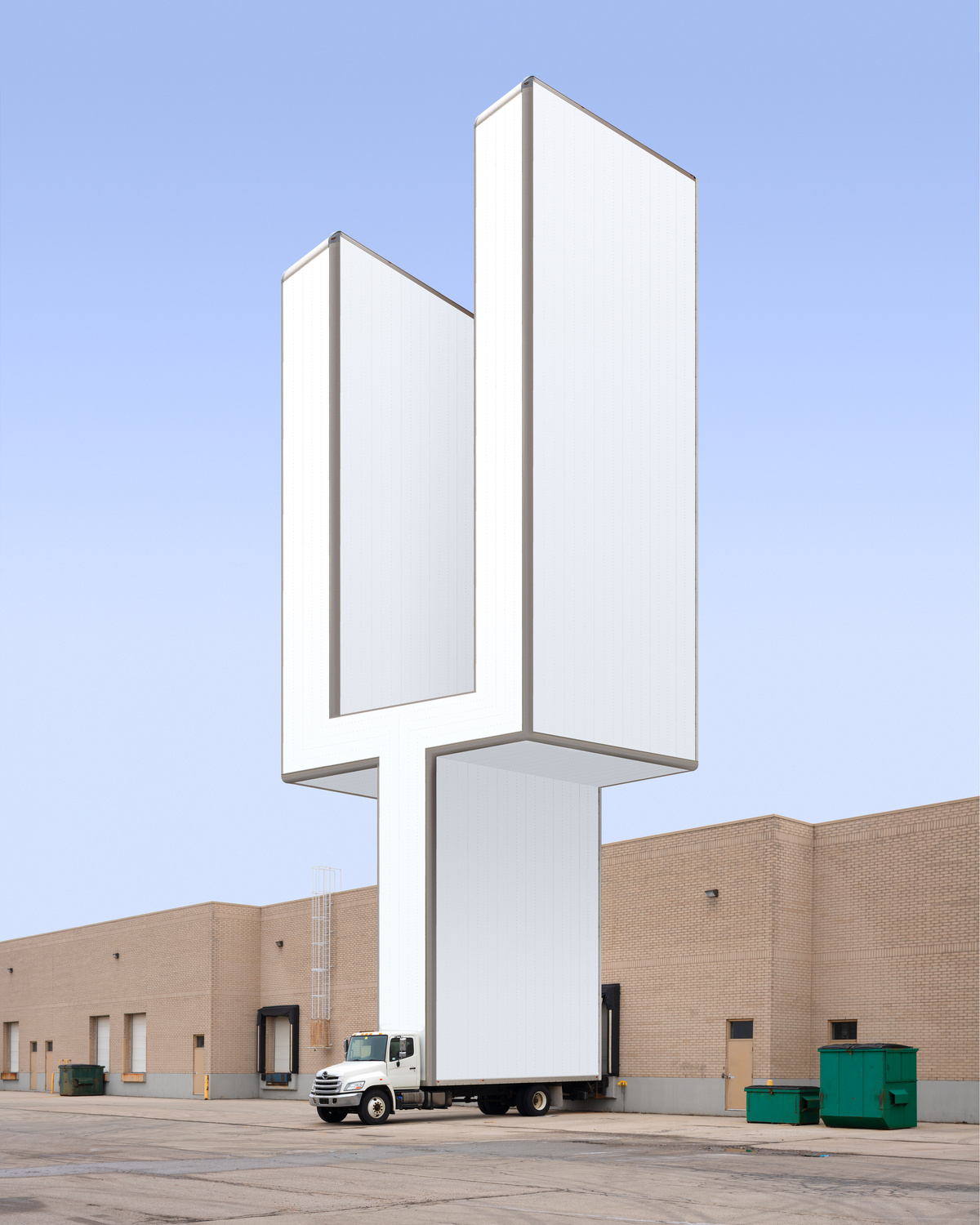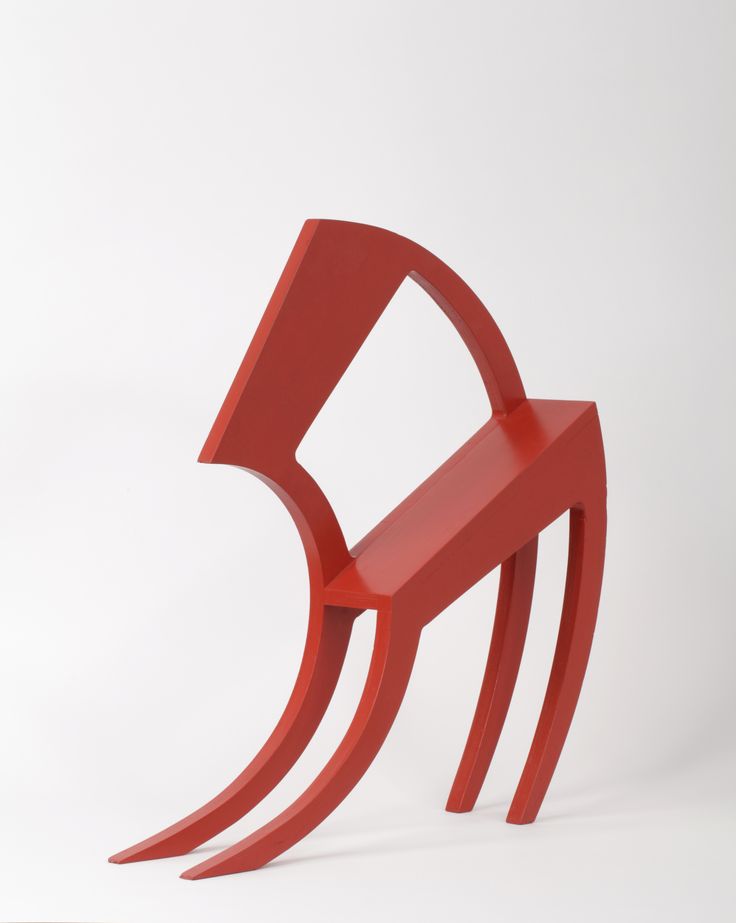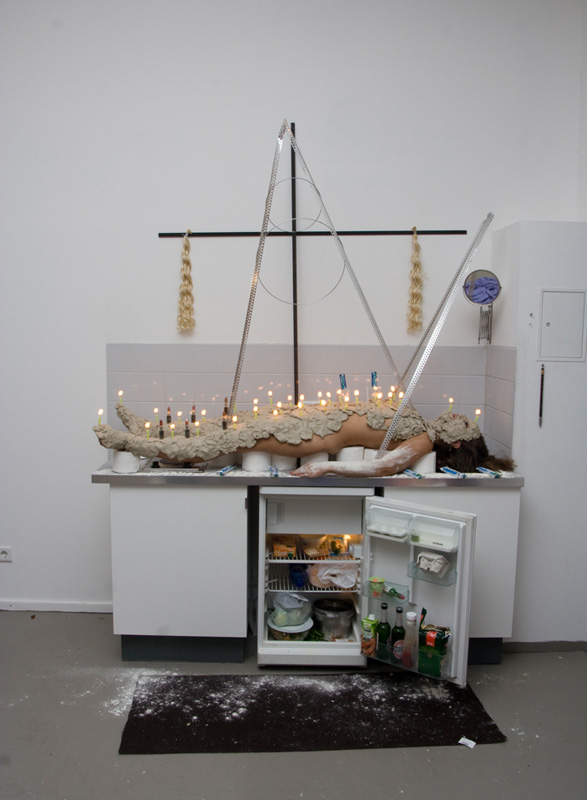Great Chain of Being
FILE FESTIVAL
The great chain of being, an ancient philosophical concept, attempted to explain the structures and relationships of the world as a form of hierarchy or set of strata. This philosophical idea is here expressed in the form of the entities that constitute the contemporary world. The philosophers of the past believed that the structure of the world had at its top a god, and that beneath there were angels, animals, plants, and elements. But this conception of the world, as a result of the changes in civilization and culture, resulted in the elements that constitute the world undergoing a transition and sustaining an unforeseen hierarchy. The works of art depict the contemporary structure in the form of robots, machines, people, animals, and virtual or digital entities. Within virtual systems, these entities undergo a process of creation, arrangement, use, disposal and recycling, through which they emerge and disappear. The work depicts the stories emerging from these processes, against the background of a systemically designed landscape akin to a factory.
video

